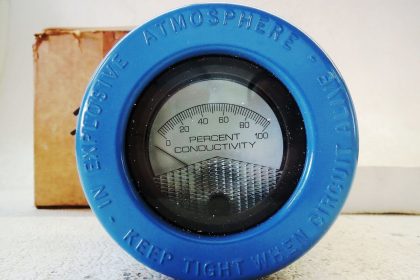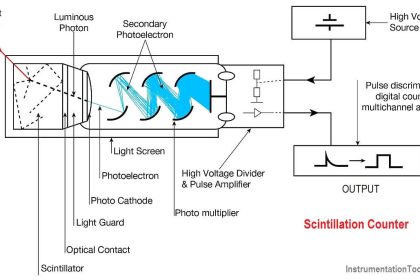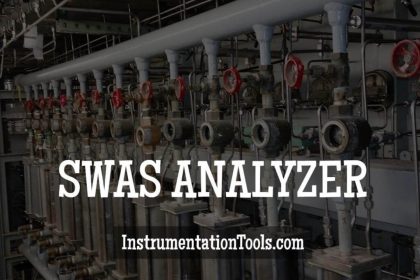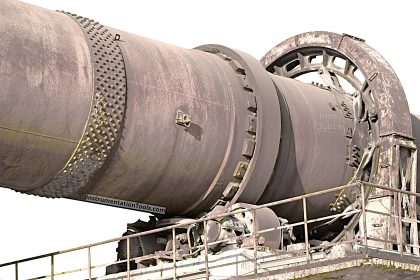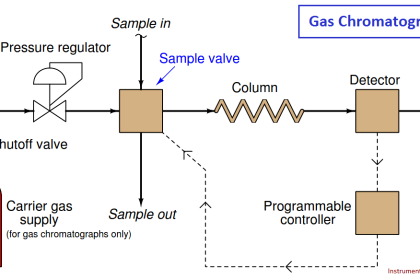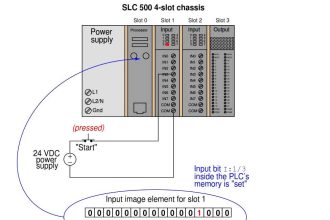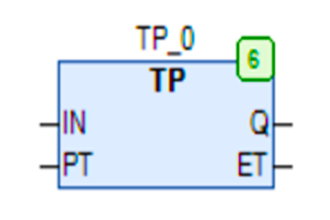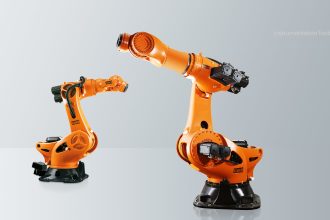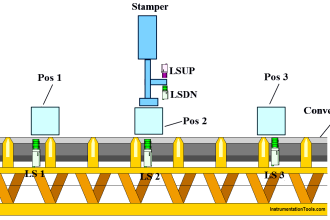pH analyzers are used for pH measurement of various liquids in Industries. While using pH analyzers, many points are needed to be taken care of.
pH Analyzer Do’s and Don’ts
Let us discuss the pH Analyzer Dos and Don’ts.
- Always store the pH probe in a properly cooled place near 25 degrees centigrade (refer to the manual of pH probe for knowing the exact temperature of storage).
- pH probes have a limited life span. So, if you have multiple new pH probes then always prefer using an older probe. Because after some time (varies for different probes. Generally, one-year shelf life), the response of the pH probe is not satisfactory.
- While storing the pH probe, make sure that the tip of the probe is dipped in a standard solution (it Varies for the different probes. Refer manual for knowing the exact solution). Because sometimes, the new probe’s rubber cap might not be fixed properly as someone might have done the inspection and by mistake the cap is loose. Because of the loose cap, the solution might come out and the probe will dry out.
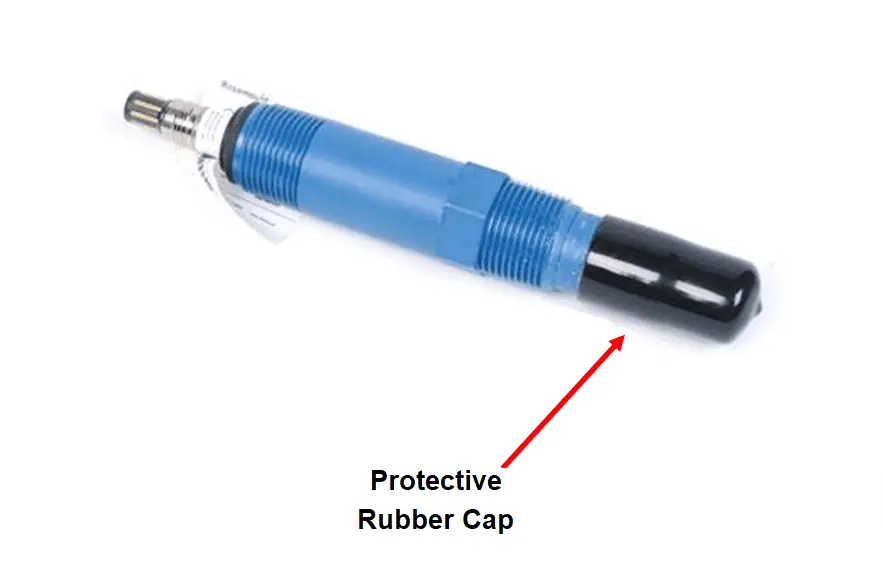
- While installing a pH probe, make sure that the probe is installed in the flow cell (housing to install pH probe). If the flow cell size is short, then the pH probe’s tip will hit the surface of the housing and get damaged. Hence proper depth of housing needs to be taken care of.
- While doing calibration or validation, always use a new buffer solution. Because the pH values of buffer solution will change with time as it is in contact with the atmosphere.
- Through away the used buffer solution and do not use it again for other analyzers.
- Always clean the pH probe’s tip with demineralized water. But make sure you do not expose demineralized water for a long period to the pH probe’s tip. This will damage the membrane of the pH probe.
- Never wipe the pH probe’s tip with a normal cloth, because this will damage the pH probe’s membrane on the tip. Always use lint-free paper or cloth as less as possible and through the lint-free paper or cloth after use.
- Always while doing preventive maintenance or corrective maintenance job on the pH analyzer, make sure that the temperature is in auto mode. Because pH value varies with change in temperature. Process temperature keeps on varying and hence compensation is required. Hence, an RTD is there in the pH probe, which measures the temperature of the process and compensates the pH value if the selected option for temperature is auto.
- Always calibrate the pH analyzer with the 2-point calibration method only.
- While doing calibration or maintenance jobs on pH analyzer, people generally put milliampere output on hold mode. After completion of the job, people sometimes forget to remove the hold and this creates problems.
- The flow of fluid or liquid in the flow cell should be constant and free of bubbles. Make sure both things are met before installing the pH probe.
- Regulated flow as per vendor should be given to the pH probe. Flow and flow’s pressure should not be more, because this will damage the tip due to pressure and also give fluctuations in reading. Low flow will also create the problem of fluctuating reading.
If you liked this article, then please subscribe to our YouTube Channel for Electrical, Electronics, Instrumentation, PLC, and SCADA video tutorials.
You can also follow us on Facebook and Twitter to receive daily updates.
Read Next:
- CEMS Principle
- Sox Nox Analyzer
- Oxygen Gas Measurement
- Ionization chamber Principle
- Sensors in Water Treatment Plant


